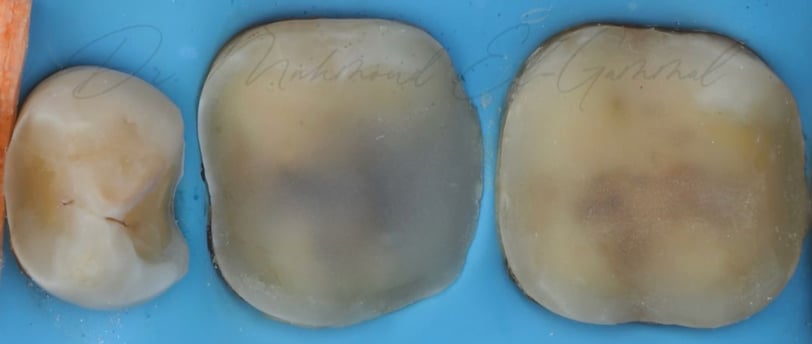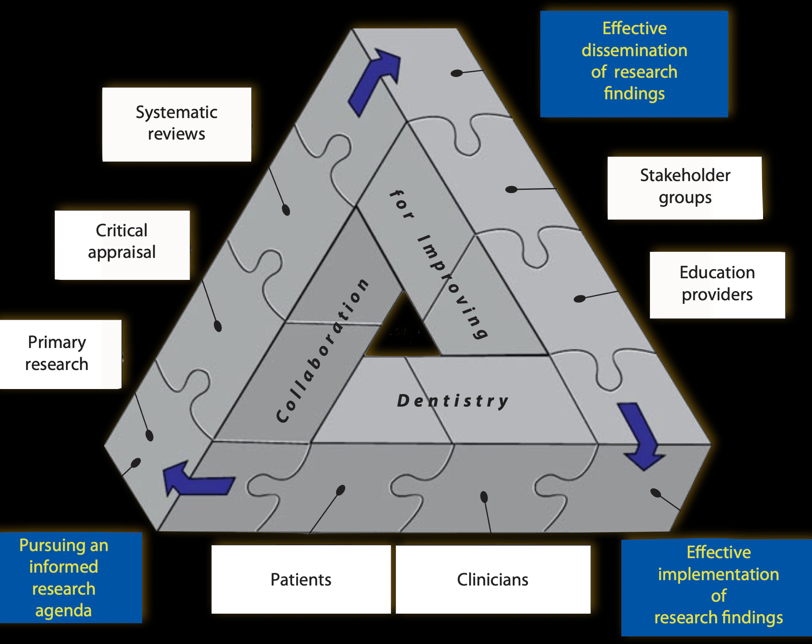Future of Restorative Dentistry
How 3D Printed Resin Technology will shape the future of Restorative Dentistry.
Dr. Mahmoud El-Gammal
11/21/2024


The Future of Restorative Dentistry
In less than 6 weeks "Amalgam" is going to be officially banned in the whole European Union.
While many clinicians might not seem to care that much about this news, acting like: "We no longer do amalgams anyways." ... maybe we have to stop and think a little, What did really happen to ban one of the most, if not the most, widely used dental restorative materials in the last two centuries? Why have we suddenly abandoned the metal era of restorative dentistry?
I believe it's not about that we have better materials and better technology, but the main reason that we shifted to the post-metal era of restorative dentistry is our deep understanding of the miracle of the tooth system and how it bends and flexes under functional load way different than how metals do.
In the early 1950s dental composite resin was first introduced, but the reason why it was not widely used was because the phenomenon of "Polymerization Shrinkage" and not only we didn't have efficient adhesive technology, but also we knew nothing about "Polymerization Dynamics" and how we could manipulate the "Polymerization Vectors" and control the flow of resin monomers to our benefits.
But nothing new, by late 1990s scientists have already solved the puzzle of the adhesive equation by introducing Dentin Bonding Systems capable of achieving very high mTBS similar to how enamel is bonded to dentin and even higher.
After decades of development of dental composite materials, dental adhesive technology and the build up protocols that respects "Polymerization Stresses", you can find composite restorations with +20 years of successful follow ups. And this raised a good argument between the Stakeholders.


If you're not oriented about how "Clinical Practice Guidelines" are often decided, try to understand the aforementioned diagram. The Stakeholder groups are in charge of investing money for research and development in any discipline.
In restorative dentistry, amalgams and metals were very cheap to manufacture and can be easily mass produced and have been time tested for so many decades. It'd be very difficult to suddenly change to a brand new era and abandon metal dentistry, unless there's something equally good and equally cheap to manufacture with relatively less expensive price tags to sell for the providers and help them deliver relatively cheaper dental treatments than costy lithium disilicate crowns or zirconia bridges.
Believe it or not, it's not that we suddenly know that Amalgam Restorations are inferior to Composite Restorations. We already have known that since the beginning of the 21st century. But a lot of patients could not afford the price of "CAD/CAM milled Crowns and Bridges" which are not covered by most of the "Insurance Companies" so Amalgam Restorations and Poor Composite Restorations were the cheaper alternative covered by insurance.
But the game has changed completely with the introduction of 3D Printers in the field of restorative dentistry, you shouldn't be surprised that in 5 years almost every dental office will have its own 3D Printer and will hire dentists that excel in CAD softwares.
3D Printed Resins are way cheaper than CAD/CAM technology, and the fact that they have been time tested as "long-term temporary restorations" and could survive for more than 5 years since they were first introduced made the stakeholder groups ask: Could this finally replace Amalgams?
And the answer is obviously, YES.
But is it really the 3D Printed Composite Resin technology that plays the most important role in the post-metal era?
To be perfectly honest, NO. In the next 5 years, the curriculums of restorative dentistry at dental schools will slowly change towards "Modern Advanced Adhesive Concepts" to cope up and serve the requirements of highly bondable and secure "Biobases" with more "Partial Coverage Preparation Designs" instead of Full Coverage Crowns. It is all about understanding bonding to dentin, because if you placed a 3D, 4D or even 5D printed restoration on a flat dentin surface that has not been sealed before impression making, you will have consistent failures.
They say "Old habits die hard", but the good thing is... They eventually DIE.
In 2025 do yourself a favor and learn to master the art and science of Minimally Invasive Advanced Adhesive Concepts in Restorative Dentistry, aka "Biomimetic Restorative Dentistry" but let's not disagree on the terminology and let's be more inclusive and fix teeth the right way.
Welcome to the Post-Metal Era.
Stay Tuned for more articles about the Future of Restorative Dentistry!
Non-Retentive Preps, for the most retentive adhesive restorations.
Connect
Join
+2010 963 14005
© 2024 - All rights reserved to Kaizen Dentistry Group.
